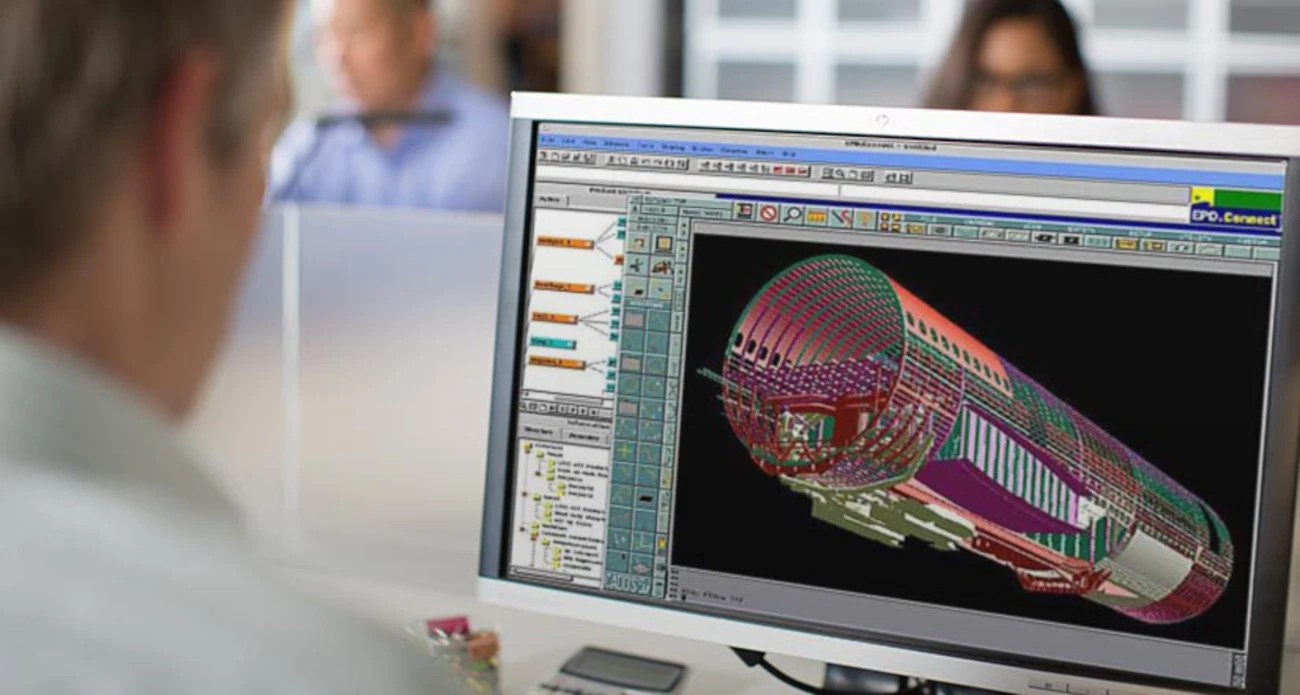Businesses that have used the CADDS software over the years face challenges accessing their essential archives due to the software's obsolescence. Fortunately, the DraftView solution has emerged, a CADDS file viewer enabling companies to access their CADDS archives without full-fledged CAD software. Moreover, DraftView can convert CADDS files to DXF or DWG formats, facilitating the transition of CAD data to newer platforms. This migration offers a plethora of benefits.
A Brief History of ComputerVision's CADDS Software
ComputerVision was among the pioneers offering CAD (Computer-Aided Design) software for engineers and designers. Their flagship product, CADDS (Computer Aided Design and Drafting System), was groundbreaking when introduced in 1976. It provided users advanced features to design 2D and 3D models, as well as detailed engineering drafts.
Over the years, CADDS underwent numerous enhancements, introducing features like parametric modeling, version management, real-time collaboration, and large file support. Nevertheless, with the rise of superior CAD software, CADDS' popularity dwindled.
The Need to Migrate CADDS Archives
Presently, many businesses that once employed CADDS have amassed a significant volume of CADDS-formatted data. Reading and converting these archives into contemporary formats have become increasingly challenging with the software's obsolescence. Yet, these archives remain crucial for many, as they house important engineering plans and designs.
Unlocking CADDS Data with DraftView
This is where DraftView steps in. It serves as a CADDS file viewer, allowing companies to peruse their CADDS archives without requiring a complete CAD software or a CADDS license.
The Challenges of Viewing CADDS Data
Viewing CADDS data isn't straightforward. CADDS files can encompass intricate details, from 2D and 3D drawings to isometric views and annotations. Additionally, CADDS employs unique line types and text fonts, like Kanji, not supported by standard viewers. This specificity makes CADDS file viewing challenging.
How DraftView Facilitates CADDS Archive Visualization
DraftView stands out by supporting CADDS text fonts, including Kanji. It also boasts a zoom feature, enabling users to hone in on drawing details with high resolution. Other key features include measuring tools, entity filtering, and CADDS entity queries. With DraftView, users can view CADDS models authentically across various versions and modes, even supporting CAMU mode for assemblies.
Converting CADDS Data with DraftView
Conversion of CADDS data is crucial for companies wishing to migrate their archives to newer CAD systems. The challenge intensifies, as CADDS ran on now-obsolete operating systems. Often, the original software and expertise to use it have vanished, making conversions difficult.
DraftView presents a solution, converting CADDS files to DXF or DWG without requiring CADDS installation. This conversion paves the way for CAD data migration to contemporary platforms. Such a transition provides companies with continuity, reduced storage costs, mitigation of security concerns, and easier design data access.
CADDS data conversion can be on-the-fly or batch-processed. Both methods offer a range of options that control various facets of the DXF file creation. Specific options even cater to the limitations of Catia V5's DXF import. An application, "DV4X2DXF", is available for batch DXF translations and can process thousands of CADDS models automatically, depending on file size and intricacy.
In summary, DraftView addresses the need for both viewing and migrating CADDS archives. With its aid, companies can confidently halt the costly maintenance of the CADDS system and its outdated environments.



